Does Meth Remain in Your System a Long Time?
One of the most commonly asked questions from individuals with substance use disorders is how long certain substances stay in your system. This question is often raised for a few different reasons.
Someone might be curious about the length of time meth stays in your system because they’re ready to detox. Other times, it might be because they were sober and slipped into relapse and have a drug test approaching they need to pass.
The best way to understand how long meth stays in your system and how it behaves is by really becoming educated on what meth is and how your body reacts to it. Let’s take a look at this incredibly complex drug and its role in the lives of individuals who abuse it.
What Is Methamphetamine?
Methamphetamine, or crystal meth, is a synthetic stimulant that has a reputation for its highly addictive properties. This drug interacts with the central nervous system, leading to an intense release of dopamine, serotonin, and chemicals in the brain that manifests certain feelings and emotions when we engage in certain behaviors.
Technically, there are legal formulations of methamphetamine, such as narcolepsy medication Desoxyn. However, as an illegal narcotic manufactured on the black market, meth is a Schedule II substance on the federal and most state levels.
Throughout the 90s, methamphetamine experienced a boom in certain regions of the United States, leading to challenges with clandestine labs created by users looking to produce the drug themselves. Many of these labs led to explosions because of the crude setup and dangerous substances used to manufacture low-quality meth.
This low-quality version of the drug, otherwise known as crank, is only a fraction of the purity seen with the current version that’s flooded American streets. Many people consider meth, crank, and speed to be the same substance. However, individuals with an ear to the streets consider this to be false, as each of these terms describes a completely different substance, respectively.
Crank
Crank refers to the crudely manufactured version of methamphetamine that’s formulated in backyard and basement labs in remote areas of the United States. The popularity of these labs decreased after DEA crackdowns led to arrests in large numbers.
Additionally, many of the ingredients required to produce this version of meth are on the FDA’s banned substances list or are heavily tracked in an effort to observe buyer behavior. Crank is also known as shake and bake, bathtub crank, biker crank, and easter bunny dope.
Meth
Meth is the name that’s commonly used to refer to the current versions of methamphetamine that are circulating on the black market. Other names for this highly potent, pure form of the drug are glass, ice, tina, clear, and go-fast.
Large quantities of this drug are produced in huge warehouses known as superlabs throughout parts of Mexico. Drug cartels are behind the formulation, creation, packaging, smuggling, and distribution of this drug and rule the market with an iron fist.
It’s not uncommon for seized batches of this drug to test at nearly 100% purity. What used to be a drug considered to be approaching extinction as far as use goes has returned with a vengeance. Currently, meth is the number two most consumed drug in the entire world. This ranking is a side effect of the silent explosion of use that went almost unnoticed because of the opiate epidemic.
Speed
Speed is a term used to describe the pill form of methamphetamine. In the 70s, methamphetamine pills became popular on the black market before cocaine and crystal meth took over. Despite their decreased popularity in America, these pills still exist and are more common in parts of Europe as well as Asia the Middle East.
Despite the different forms of methamphetamine, many of the short-term effects are similar across all variations.
Short-term Effects of Meth
Meth is an incredibly long-acting drug with varying effects felt at different stages of intoxication. Because of the duration of the high, users normally require small doses of the drug to achieve the desired effects.
Despite these lowered doses, the presence of particularly intense short-term effects still has the potential to affect users in a very powerful and highly addictive manner.
Normally users either smoke meth via glass pipe or inject it with an insulin syringe. When either of these methods is administered, the drug reaches the brain very quickly, with injection being the faster of the two.
The result is what’s known as a “rush” – the sudden onset of intense pleasure and excitement. Users may also orally ingest meth or snort it nasally, both of which produce a much longer high with an increased presence of physical energy.
When the drug is swallowed or snorted instead of smoked or injected, the sudden, intense rush is replaced by a constantly maintained spark of motivation lasting for up to 12 hours.
The overall period of intoxication and time the drug remains present in the blood are dictated by what’s known as the half-life. When your body metabolizes the drug faster, the high isn’t felt as long, and the duration in which traces are detectable by a drug test is shorter as well.
How Long Does Meth Stay in Your System?

Despite the fact that they’re both stimulants, meth, and cocaine exit the body at different rates. Cocaine is quickly removed and nearly completely metabolized in the body, while meth remains unchanged and hangs around much longer. This is what leads to the extended period of intoxication.
Normally the window of intoxication is anywhere between 10 and 24 hours. The overall period is heavily dependent on how much is ingested and at what time of day, how it’s administered, the body’s chemistry, and the function of the liver and kidneys.
Understanding these things about the elimination of methamphetamine from the body leaves the final question of the actual half-life of meth.
The Half-life of Methamphetamine
Understanding the half-life of meth is critical if you’re in the company of someone that suffers from meth abuse disorder. Being aware of this important number allows you to gauge when the individual can expect to experience the initial stages of withdrawal.
Normally, the half-life of methamphetamines in the bloodstream is somewhere between four and six hours. However, this doesn’t mean that all traces of meth are eliminated after this period.
It takes the course of about five half-lives for a substance to completely exit the body. After applying the appropriate math, it’s safe to assume that meth takes about 25 hours to fully vacate the bloodstream.
It’s important to keep in mind that the chemical breakdown products of meth can still be detected in other body systems, including urine, hair, and other sources. The following section highlights each different type of detection and how long they’re effective at tracing meth.
Detecting Meth in Drug Tests
Even when meth is eliminated from the blood, the drug is still detectable in certain types of tests. The following list contains information about each specific testing model:
Urine Tests
Urine testing is normally the most common form of detection when it comes to substance abuse. These tests are conducted fairly quickly and aren’t intrusive. The individual produces a urine sample in a cup, and the contents are examined with a panelled testing component. Normally urine tests can detect the presence of meth for a period of one to five days.
Blood Tests
Remember, blood tests follow the same timeline as the half-life of meth. This means that the drug is only detectable in the blood for about 25 hours.
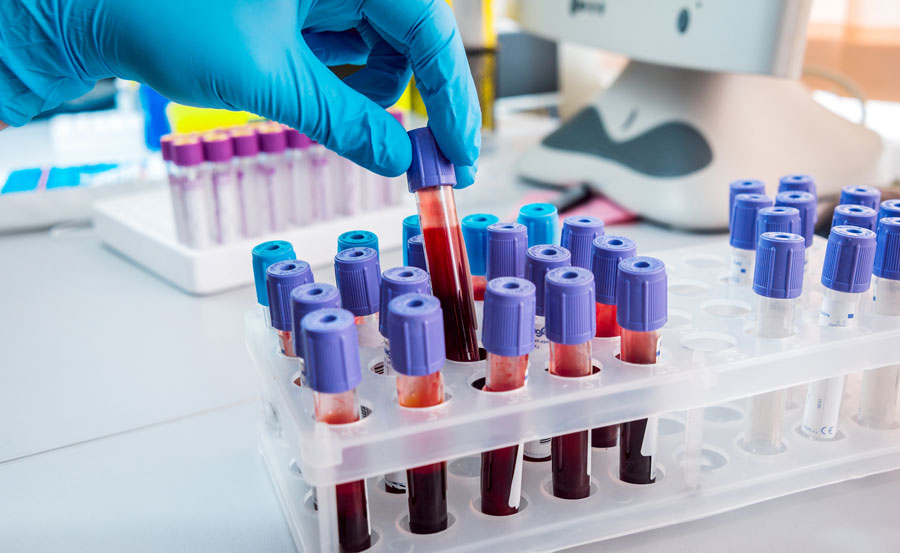
Saliva Tests
Drug tests that consist of saliva swabs are normally effective at detecting meth for up to two days after the last use. These tests require an absorbent material to swab the mouth or tongue.
Hair Tests
Hair tests can also be used to detect the presence of meth. All it takes is a half-inch sample of hair to detect the presence of meth for up to 90 days prior to the test.
Meth Testing Variables to Consider
The detection times of meth using these drug tests change from person to person. However, there are other factors that may influence the overall detection times.
These factors include the following:
- The individual’s overall health in question has a strong influence on how fast the drug exits the body. If you have a clean bill of health, your liver probably functions at a high level, meaning toxins are eliminated much faster.
- When someone uses meth in large quantities very frequently, the detection times will increase significantly. This may be the largest contributing factor to the length of time meth can be picked up by drug tests.
It’s important to remain aware that large quantities and frequent use cause meth to accumulate within a user’s body. This accumulation presents a significant increase in the chances of an overdose being experienced.
Because meth has such a long period of intoxication, when users repeatedly ingest the drug, the body doesn’t have time to recover from previous doses. This accumulation is incredibly dangerous and has the potential to cause stroke, heart attack, and other negative heart-related consequences.
Additionally, large accumulations of meth also increase the chances of experiencing a negative mental health event as a result of meth intoxication. Meth-induced psychosis is common, and can produce potentially dangerous side effects.
This is why it’s critical that users have a strategy for eliminating meth from the system before attempting recovery. Once the drug is completely expelled from the body, individuals can move forward with recovery without the constant fear of meth-induced psychosis and other challenges.
Getting Meth Out of Your System
How do you get methamphetamines out of your system? The only way meth efficiently leaves the body is through the liver. The liver must process this substance, and there’s no other way to eliminate it from your system once it’s been ingested.
Avoiding subsequent doses will help you avoid larger amounts of the drug from building inside of your body. This gives your liver a chance to process the drug and effectively eliminate it from all of your body systems.
Seeking Treatment
If your goal is eliminating meth from your body, the most logical course of action is to enter a medically-assisted detox program. These programs allow you to safely go through the detoxification process under the direct supervision of medical and mental health professionals. This supervision gives the client significant advantages in terms of successfully completing the detox process.
The most severe side-effects of withdrawal may be avoided by taking advantage of medication options provided by a physician. Additionally, being monitored by professionals decreases your chances of experiencing a more severe medical event because of things like increased heart rate, high blood pressure, and anxiety, which can all be side effects of detox.
When Meth is Completely Eliminated from the Body, The Road to Recovery
The post-detox period is defined as the time immediately following the drug being expelled from the body. Individuals may deal with the most significant mental challenges associated with recovery during this period.
The mind and body must acclimate to the absence of meth, and this transition can present significant challenges. It’s during this period that clients may become uncomfortable and mentally exhausted.
This struggle may lead to an increased risk for relapse and participating in an inpatient treatment program can help clients safely navigate these rough patches. It’s critical that clients receive education and guidance in the form of mental health counseling and various types of therapy to help them manage their emotions and behaviors.
Learning how to properly manage your emotions and behaviors is one of the largest elements of recovery, as you experience life with a “sober mind.”
Best Rehabs In Arizonas specializes in assisting clients with managing this journey back into normal life and environment. Our compassionate staff is well-trained in providing various levels of care and promoting recovery and mental wellness.
If you’re ready to start your journey to recovery and reclaim your life, we encourage you to contact a member of our Admissions department to learn more about our treatment options.


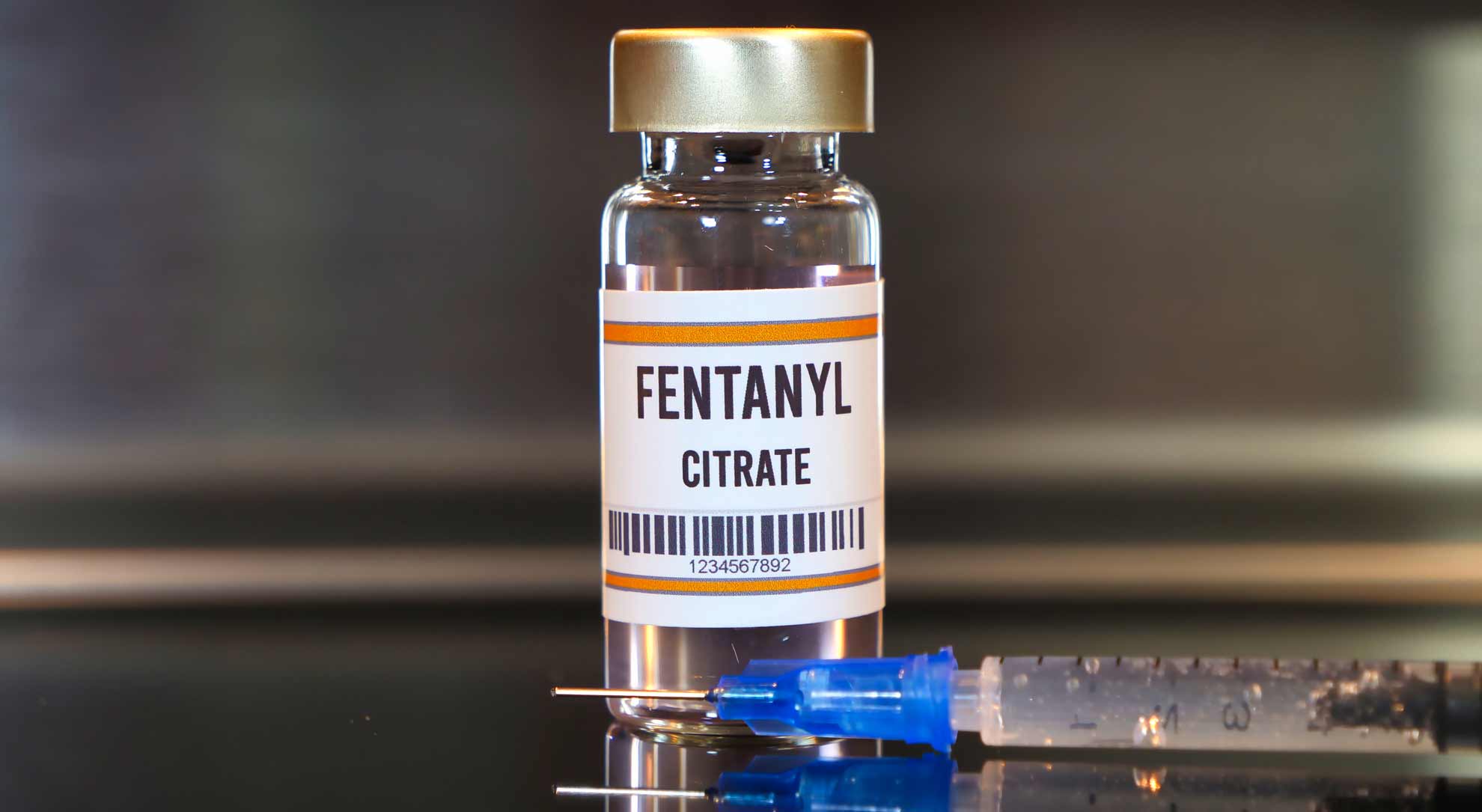



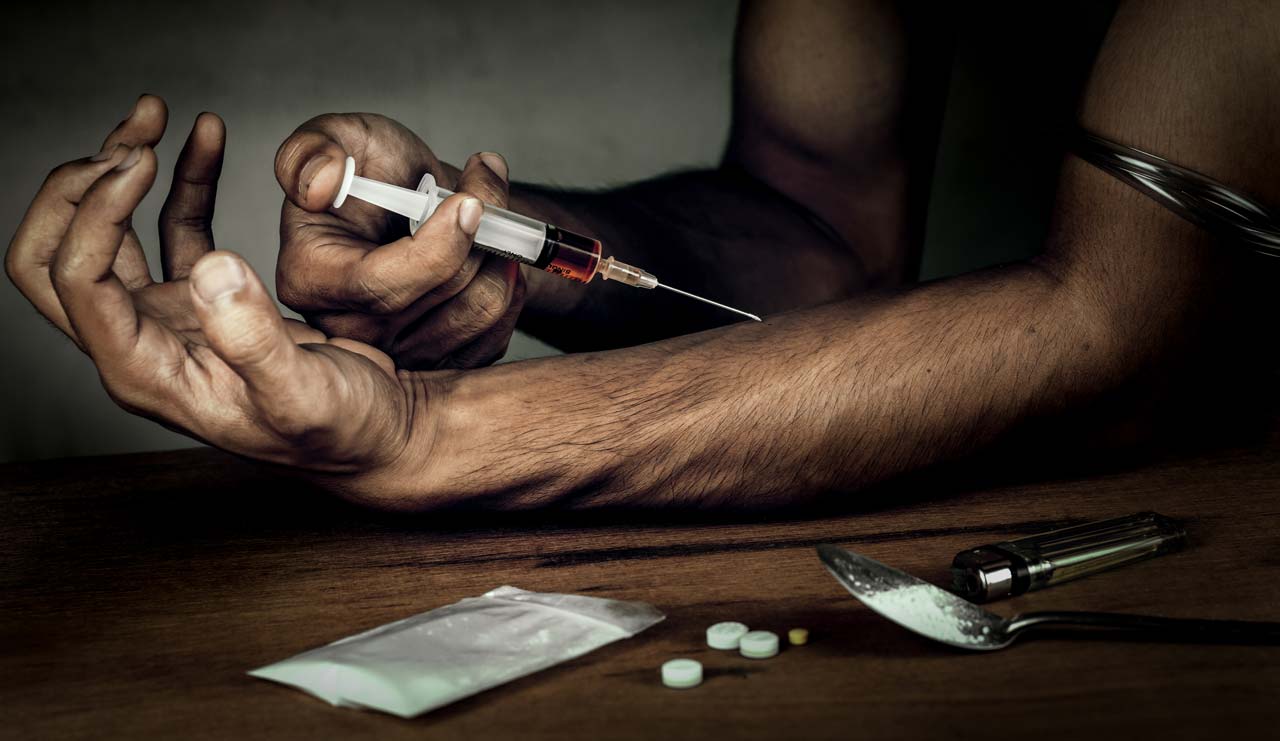

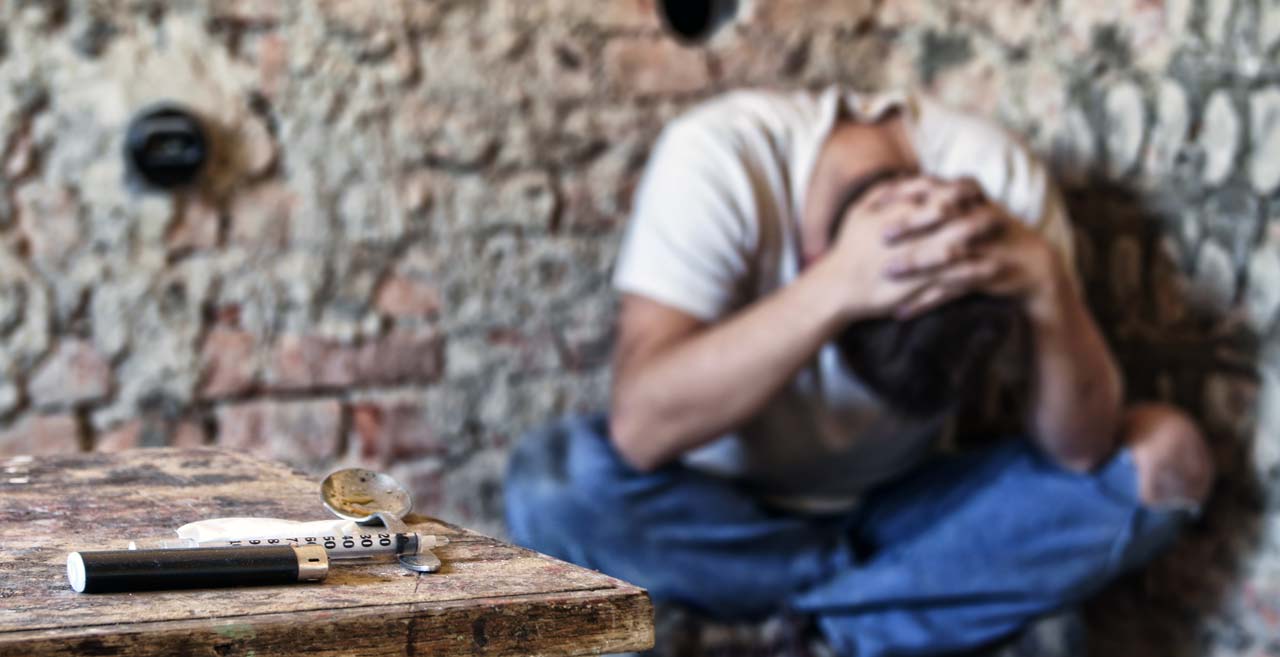
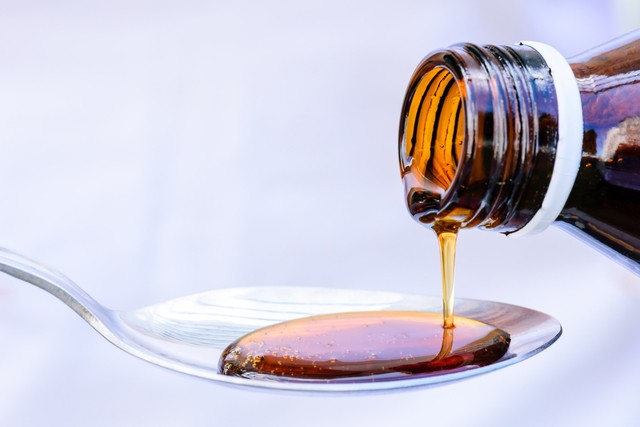
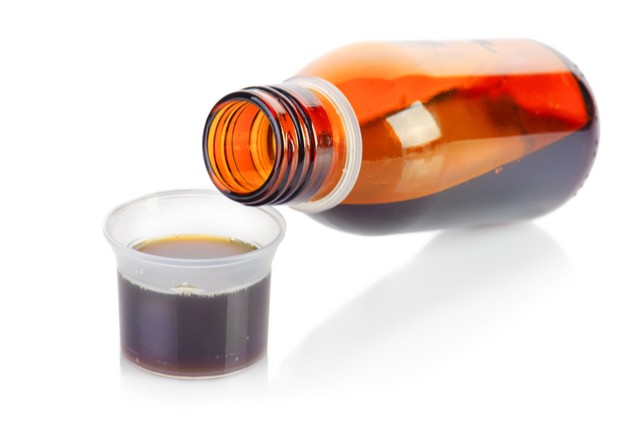
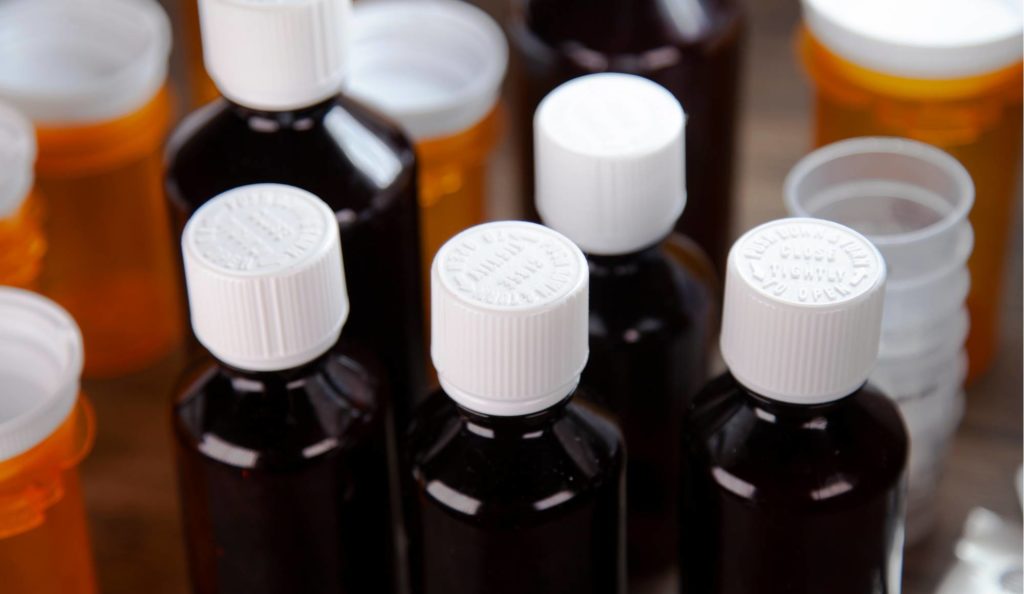










 Within 6 to 12 hours, minor symptoms start to appear. These include muscle aches, excessive yawning, trouble sleeping, headaches, or even a fever. It’s around this time that most common opioid abusers give in and go back to their substance.
Within 6 to 12 hours, minor symptoms start to appear. These include muscle aches, excessive yawning, trouble sleeping, headaches, or even a fever. It’s around this time that most common opioid abusers give in and go back to their substance. Many people don’t realize that drug abuse affects their emotional stability. The effects of consistent drug abuse can numb the natural coping mechanisms we’re supposed to use. When patients quit taking those numbing opioids, they tend to struggle with coping with emotions again.
Many people don’t realize that drug abuse affects their emotional stability. The effects of consistent drug abuse can numb the natural coping mechanisms we’re supposed to use. When patients quit taking those numbing opioids, they tend to struggle with coping with emotions again. That regulation starts with a thorough exercise routine. Don’t worry – you don’t need to become a bodybuilder just to transition away from drug abuse. It is a good idea though, even if just to maintain some level of routine.
That regulation starts with a thorough exercise routine. Don’t worry – you don’t need to become a bodybuilder just to transition away from drug abuse. It is a good idea though, even if just to maintain some level of routine.
 One way to promote overdose prevention is by sharing the common signs of an overdose. Since people rarely die immediately from an overdose, there’s usually time to help save a life by knowing how to respond.
One way to promote overdose prevention is by sharing the common signs of an overdose. Since people rarely die immediately from an overdose, there’s usually time to help save a life by knowing how to respond. If this happens to you, monitor their breathing and keep them awake by walking them around.
If this happens to you, monitor their breathing and keep them awake by walking them around. It’s incredibly important for physicians who prescribe opioids to their patients to carefully monitor the patient for the entire duration of them taking the drugs. Physicians should first ask the patient if there is a history of drug abuse.
It’s incredibly important for physicians who prescribe opioids to their patients to carefully monitor the patient for the entire duration of them taking the drugs. Physicians should first ask the patient if there is a history of drug abuse. All drugs should always be kept in a safe place away from children and animals. If possible, keep your prescription narcotics in a locked space so that other family members aren’t tempted.
All drugs should always be kept in a safe place away from children and animals. If possible, keep your prescription narcotics in a locked space so that other family members aren’t tempted.